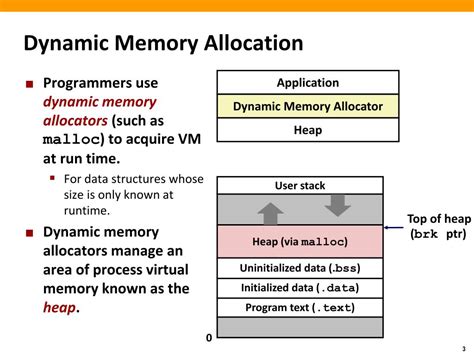The Zig programming language has carved out a unique niche in the coding world, particularly with its memory management through allocators. Unlike languages such as Rust, which tends to abstract and shield the developer from the intricacies of memory allocation, Zig confronts these challenges head-on. This direct engagement provides a level of control and granularity that many developers find refreshing and powerful. One of the frequent complaints when comparing Rust to Zig is that Rust’s approach often leaves the programmer at the mercy of panic-inducing allocation failures. Zig, on the other hand, allows developers to handle such cases more gracefully, avoiding abrupt crashes and providing a finer control over memory management tasks. This article delves into various aspects of Zig’s allocator system, including its advantages and potential pitfalls.
In Rust, the standard library tends to abort upon allocation failure due to its foundational design. There’s a nascent movement towards making this more flexible, as evidenced by Rust’s `Box::try_new` method. However, opinion amongst programmers is divided on whether such abstraction is beneficial. The question looms large: How useful can a software system be if it can’t effectively handle allocation failures? Zig’s philosophy seems to address this dilemma by making memory management a core responsibility of the developer. In Zig, dealing with memory directly rather than relying on high-level abstractions can be transformed into an advantage, as it encourages intentional and optimized coding practices. Indeed, this granularity enables a robust form of error handling that goes beyond merely ignoring allocation failures to proactively managing them and gathering valuable usage data.
A philosophical divergence between Zig and Rust is the trade-off between memory transparency and visibility into allocation problems. While Rust aims to maintain an opaque and simple memory model, Zig insists on exposing the developer to memory’s gritty details. This fundamental difference in approach is not without merit. By designing its standard library around the assumption that allocations will generally succeed, Zig can shift responsibility to the programmer to manage memory failures. This does not necessarily complicate development. Rather, it opens up avenues for better memory usage patterns and optimizations, as developers can make informed decisions based on actual memory behavior. Any application built in Zig can thus capitalize on its ability to collect and react to data concerning memory failures, refining performance continually.
The complexity and flexibility of Zig allocators can be seen in real-world applications. Take for example an HTTP server implemented in Zig, which might use a combination of `FixedBufferAllocator` and `ArenaAllocator` as highlighted in a use case from the open-source HTTP library httpz. In this scenario, a single fixed buffer shared across potentially hundreds of arena allocators per connection can provide substantial memory efficiency. Such a design leverages the capability to allocate large fixed buffers for relatively few threads, maximizing memory usage during peak load times. Arena-based allocation strategies further simplify memory management by reducing fragmentation and ensuring that deallocation costs remain constant. For instance, deinitializing an arena-based allocator is an O(1) operation, which is a significant efficiency gain, especially for high-throughput servers.
However, Zig’s prowess does not come without challenges. One major concern is the risk of memory corruption if freed memory is re-used without zeroing it out. In a context where multiple requests or tasks share the same memory space, this can lead to severe bugs. While Raymond Hettinger famously reminded us that premature optimization is the root of all evil, the real cost-benefit analysis of zeroing memory in critical applications like HTTP servers needs careful consideration. Strategies such as employing a zeroing allocator wrapper that ensures memory is cleared before being re-used can mitigate these risks. This would be particularly useful in contexts where sensitive data could be at risk of leakage between requests. Moreover, profiles and benchmarks should drive the final decision on whether the overhead of such protective measures is justified.
In conclusion, Zig’s allocator system offers a fascinating landscape for developers who desire fine-tuned control over memory management. It presents a challenge and an opportunity to write high-performance, reliable code that gracefully handles allocation failures. Unlike Rust, which opts for a more abstracted approach, Zig’s model rewards developers who are willing to dive deep into the nitty-gritty details of memory management. Community engagements, real-world applications, and evolving best practices will undoubtedly contribute to refining how Zig is used in various domains, from embedded systems to high-performance servers. The discourse around Zig’s memory management strategies reflects broader themes in software engineering about control, optimization, and the role of abstractions, providing rich ground for innovative solutions and continuous improvement.


Leave a Reply